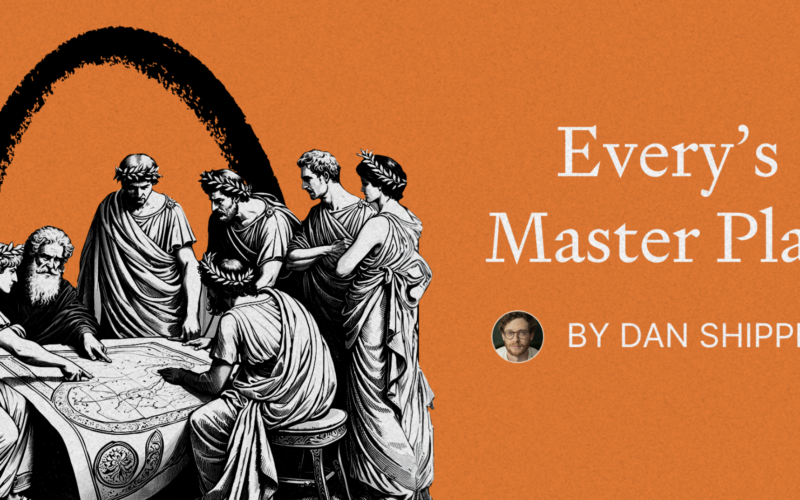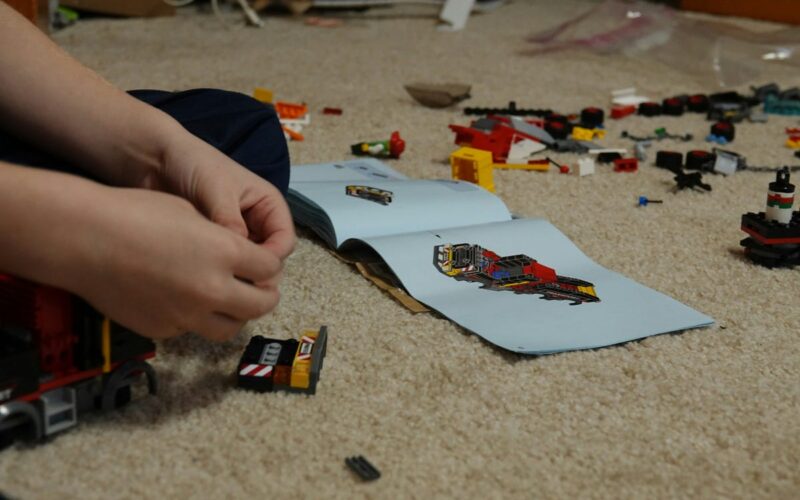21
Nov
[Submitted on 15 Oct 2024 (v1), last revised 20 Nov 2024 (this version, v2)] View a PDF of the paper titled Regional Ocean Forecasting with Hierarchical Graph Neural Networks, by Daniel Holmberg and 2 other authors View PDF HTML (experimental) Abstract:Accurate ocean forecasting systems are vital for understanding marine dynamics, which play a crucial role in environmental management and climate adaptation strategies. Traditional numerical solvers, while effective, are computationally expensive and time-consuming. Recent advancements in machine learning have revolutionized weather forecasting, offering fast and energy-efficient alternatives. Building on these advancements, we introduce SeaCast, a neural network designed for high-resolution, medium-range…



